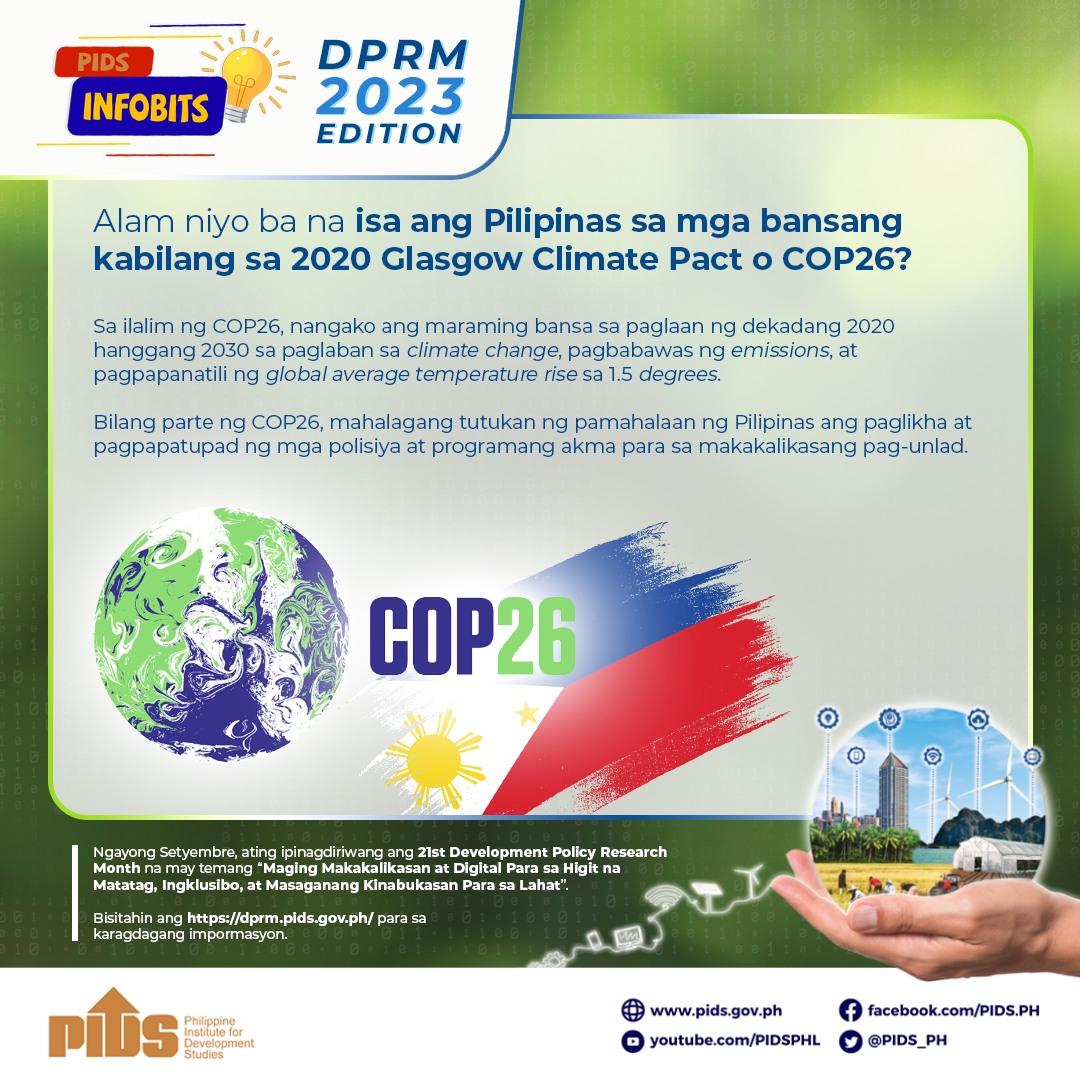The Philippines remained vulnerable to natural hazards, which has exposed the country to yearly economic losses of $1.6 billion.
According to policy think tank Philippine Institute for Development Studies (PIDS), the country ranked second in a list of 15 countries most at risk to natural hazards (28.25 percent), beaten only by another typhoon-bait country, Vanuatu (36.5 percent).
The country also was the third most exposed to natural hazards (at 52.46 percent), next to Vanuatu (63.66 percent) and Tonga (52.27 percent).
The 15 vulnerable countries include, among others, Japan, Cambodia, Brunei Darussalam, Chile and the Netherlands.
Exposure is defined as “the entities such as the population, conditions of built-up areas, infrastructure component and environmental area exposed to impacts of one or more natural hazards.” Risk, meanwhile, is “the interaction between exposure to natural hazards including the adverse effects of climate change and the vulnerability of societies,” according to the World Risk Report in 2014.
These risks translate to an annual average direct economic losses of $1.603 billion, which is 0.8 percent of the gross domestic product and 4.8 percent of annual government expenditure, according to World Bank and Global Facility for Disaster and Reduction and Recovery data.
In an effort to solve these shocks, the government recently allocated P19 billion to specifically address the effects of the El Nino phenomenon. Called the Roadmap to Address the Impact of El Nino (Rain), the fund was designed to provide “measures of production support and water management to mitigate impact on vulnerable areas.” Some of the measures include “irrigation intervention, shifting to short-gestation crops while maximizing and optimizing production to non-threatened areas.”
The government also planned to import rice in preparation for the effects of the La Nina phenomenon mildly affecting the country.
Nonetheless, PIDS noted this was “not aimed at reducing large excess cost of rice paid by the Filipino consumer”
PIDS suggested “systems-wide programs on climate change” and called on both public and private sectors to address the impact of climate change.
According to policy think tank Philippine Institute for Development Studies (PIDS), the country ranked second in a list of 15 countries most at risk to natural hazards (28.25 percent), beaten only by another typhoon-bait country, Vanuatu (36.5 percent).
The country also was the third most exposed to natural hazards (at 52.46 percent), next to Vanuatu (63.66 percent) and Tonga (52.27 percent).
The 15 vulnerable countries include, among others, Japan, Cambodia, Brunei Darussalam, Chile and the Netherlands.
Exposure is defined as “the entities such as the population, conditions of built-up areas, infrastructure component and environmental area exposed to impacts of one or more natural hazards.” Risk, meanwhile, is “the interaction between exposure to natural hazards including the adverse effects of climate change and the vulnerability of societies,” according to the World Risk Report in 2014.
These risks translate to an annual average direct economic losses of $1.603 billion, which is 0.8 percent of the gross domestic product and 4.8 percent of annual government expenditure, according to World Bank and Global Facility for Disaster and Reduction and Recovery data.
In an effort to solve these shocks, the government recently allocated P19 billion to specifically address the effects of the El Nino phenomenon. Called the Roadmap to Address the Impact of El Nino (Rain), the fund was designed to provide “measures of production support and water management to mitigate impact on vulnerable areas.” Some of the measures include “irrigation intervention, shifting to short-gestation crops while maximizing and optimizing production to non-threatened areas.”
The government also planned to import rice in preparation for the effects of the La Nina phenomenon mildly affecting the country.
Nonetheless, PIDS noted this was “not aimed at reducing large excess cost of rice paid by the Filipino consumer”
PIDS suggested “systems-wide programs on climate change” and called on both public and private sectors to address the impact of climate change.












